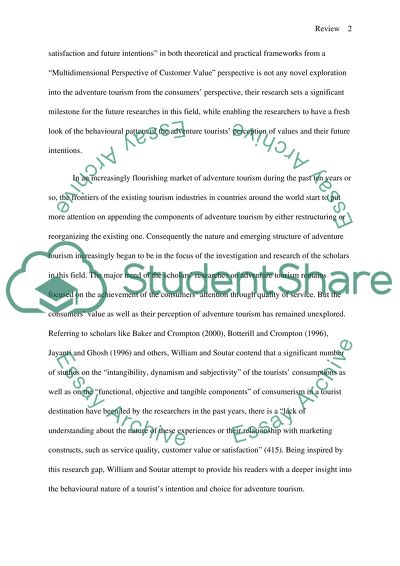Cite this document
(“Value, satisfaction and behavioural intentions in an adventure tourism Essay”, n.d.)
Retrieved from https://studentshare.org/tourism/1420367-value-satisfaction-and-behavioural-intentions-in-an-adventure-tourism-context
Retrieved from https://studentshare.org/tourism/1420367-value-satisfaction-and-behavioural-intentions-in-an-adventure-tourism-context
(Value, Satisfaction and Behavioural Intentions in an Adventure Tourism Essay)
https://studentshare.org/tourism/1420367-value-satisfaction-and-behavioural-intentions-in-an-adventure-tourism-context.
https://studentshare.org/tourism/1420367-value-satisfaction-and-behavioural-intentions-in-an-adventure-tourism-context.
“Value, Satisfaction and Behavioural Intentions in an Adventure Tourism Essay”, n.d. https://studentshare.org/tourism/1420367-value-satisfaction-and-behavioural-intentions-in-an-adventure-tourism-context.


